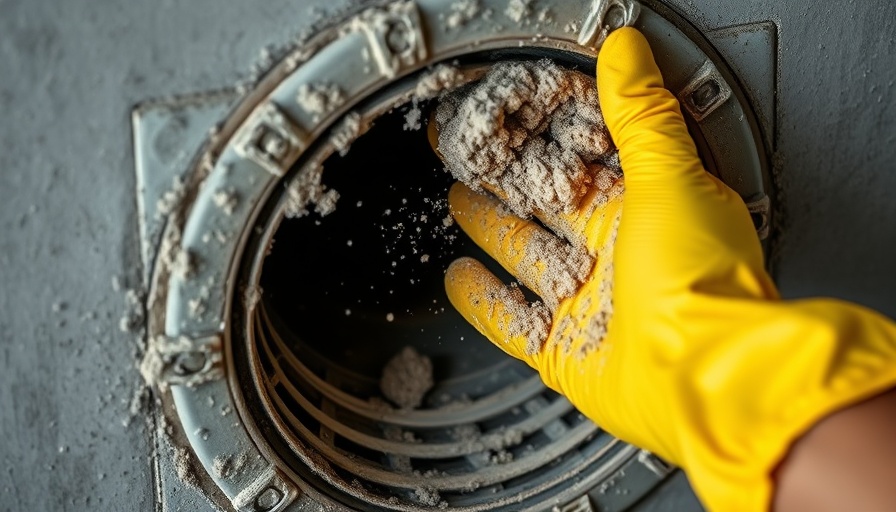
Understanding the Shower Diverter: A Vital Component
The shower diverter, often an overlooked mechanism in many homes, plays an essential role in directing water flow between the bathtub faucet and the showerhead. When it malfunctions, it can result in a frustrating experience where water flows simultaneously from both outlets, making what should be a relaxing shower turn into an inconvenient hassle. Common types of diverters include the 3-valve diverter used with two-tap faucet showers, the 2-valve diverter found in single-dial temperature control systems, and the Tee diverter, which is typically pulled up to function. Understanding your diverter type is a critical first step in ensuring effective repairs.
Signs That Your Diverter Needs Attention
It's relatively easy to identify problems with a shower diverter. If turning the diverter doesn't entirely redirect the water, or if both tub and shower outlets run concurrently, a malfunction is evident. Issues often stem from build-up of limescale or debris within the device, which prevents its internal stopper from creating a proper seal. Regular maintenance can prevent these issues, but when they occur, simple DIY fixes can save you a costly plumber's bill.
Essential Tools and Materials for the Fix
Before taking on the repair, gather the necessary tools and materials to ensure a smooth process. Common items include:
- Vinegar – for cleaning;
- Traditional cleaning supplies like a soft brush and paper towels;
- Tools like screwdrivers and pliers;
- Waterproof tape and duct tape;
- Sprays or lubricants such as cooking spray to ease stuck components.
Having these materials ready will streamline your repair process, preventing unnecessary delays or frustrations.
DIY Repair: Step-By-Step Guide
Fixing your shower diverter can often be accomplished without professional help. Here’s a straightforward method to get it working efficiently again:
1. Cleaning the Diverter Spout
Clogs caused by limescale or debris can hinder a diverter's function. A simple cleaning solution of vinegar can work wonders. Mix equal parts vinegar and water, then submerge the affected diverter in the solution using a plastic bag secured with a rubber band. Allow it to soak for three to four days to break down the build-up.
2. Using Cooking Spray
If the diverter remains stuck even after cleaning, apply a light coat of cooking spray to loosen the mechanism. It's an accessible solution and preferable to chemical compounds that might corrode the metal or plastic elements of your diverter. Avoid using wax or hairspray as these might cause long-term corrosion.
Misinformation and Myths in Home Repairs
One major misconception is that all plumbing issues require a professional touch. Many homeowners can tackle basic repairs themselves—sometimes with little more than everyday household items. This empowerment is essential, especially when common scenarios arise. It’s beneficial for homeowners to familiarize themselves with minor plumbing repairs to save time and expenses.
Future Perspectives on Home Maintenance
As households increasingly invest in DIY home and garden improvements, knowledge of systems like shower diverters represents not only a skill but also a way to elevate the quality of living spaces. Learning how to maintain plumbing systems ensures longevity and functionality in the home. Educational resources, online tutorials, and community workshops present an opportunity to engage with the practical aspects of home care.
Conclusion: Take Action!
Don’t let a simple diverter issue disrupt your bathroom serenity. Armed with the right knowledge and tools, you can tackle this repair easily. Furthermore, educating yourself on home maintenance empowers you as a homeowner, reduces dependency on professional services, and helps you understand the potential for future upgrades in your living space. Your journey to effective home management starts with familiarizing yourself with your home systems. If tackling this task sounds daunting, connect with local DIY communities or experienced plumbers who can provide insights or assistance when needed. Start your home improvement journey today!
 Add Row
Add Row  Add
Add 


Write A Comment